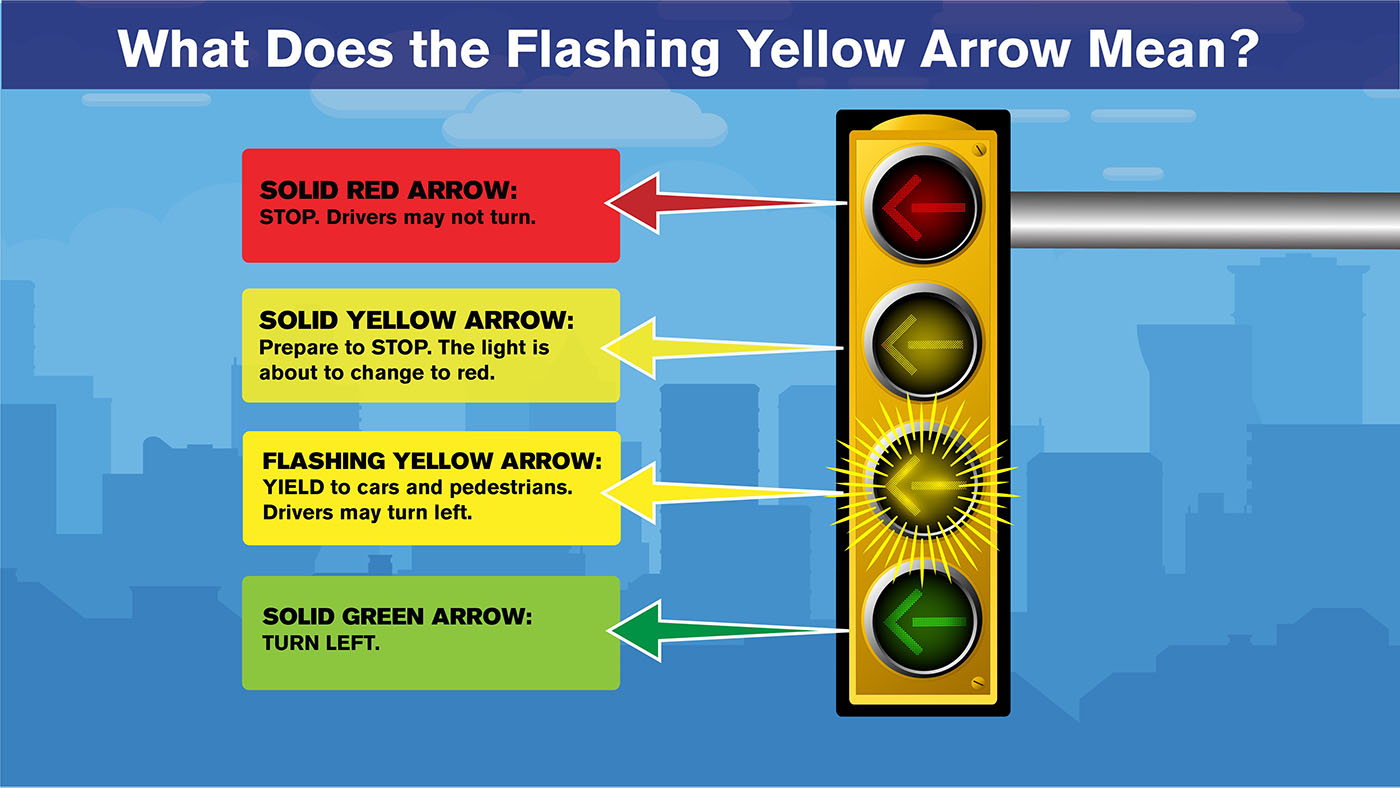Questions about Flashing Yellow Arrow Signals?
As DOTD continues installing flashing yellow arrow signals throughout the state, including East Baton Rouge Parish, some drivers have questions about these new signals. Although the MOVEBR program has not installed them yet, flashing yellow arrow signals will be included on future projects where appropriate. Efforts began last year to prepare drivers for these changes.

In early 2021, the MOVEBR program partnered with DOTD to produce public service announcements to explain how these signals work to keep traffic moving. This effort included a television PSA, social media messages and presentations to civic organizations by the MOVEBR program management team and City-Parish officials.
History
In 2009, after extensive testing, the Federal Highway Administration (FHWA) authorized the use of the flashing yellow arrow signals nationwide, and have been installed in several states.
These new turn signals have been proven to be safer and more efficient. A Federal Highway Administration (FHWA) study found they reduce left-turn crashes by up to 35%. They also help move more traffic through the intersection, easing traffic congestion and reducing vehicle idling – which, in turn, helps ease pollution.
DOTD reports motorists will eventually encounter the new flashing yellow arrow signals on all state roadways across Louisiana at locations where a single turn lane is currently protected by a left-turn signal. These upgrades are part of a federal standard for the implementation of signals.
How they work
The new signals feature a flashing yellow arrow in addition to red, yellow, and green arrows. The flashing yellow arrow allows waiting motorists to make a left-hand turn after yielding to oncoming traffic and pedestrians.
The left-turn signals consist of arrows only. The steady red arrow means drivers turning left must stop and wait; the steady yellow arrow means stop if you can do so safely as the light is about to change to red; the flashing yellow arrow means drivers can proceed with a left-turn after yielding to oncoming traffic and pedestrians; and the steady green arrow means proceed with a left-turn — opposing traffic is being held.
New flashing yellow left-turn signals are part of the MOVEBR program for new capacity projects as well as overall signal upgrades. More information on the flashing yellow arrows and other signal improvements can be found at movebr.brla.gov/signals.